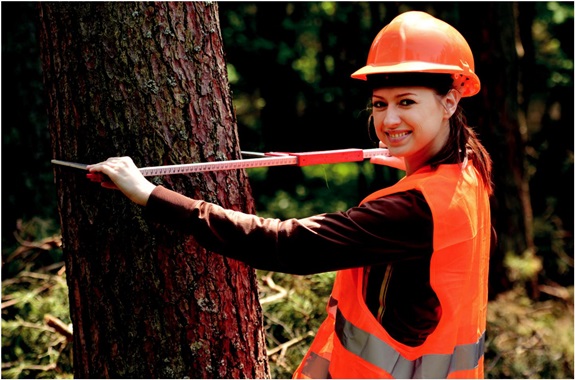Overview

Associate of Science in Forestry
Are you interested in the future of our forests, forest management and the political/social contexts that are affecting our forests? If so, the Associate of Science in Forestry degree is for you! This degree is for students who are interested in a career in forestry as a professional forester, silviculturist, GIS specialist, or fire ecologist.
Upon completion of this degree, students should have completed all required pre-professional coursework to apply to Oregon State University’s professional program in the school of Forestry.
OSU’s School of Forestry has three different degree options; Forest Management, Forest Operations Management, and Forest Restoration + Fire. This degree directly transfers to the Forest Management option, however with a few minor changes in classes; all three options are a possibility.
For students who want to enter the workforce after completing the AS in Forestry, there are some entry-level jobs available within the Tillamook community. One common employment option is becoming a forestry technician.
Some of the classes within this degree can be completed in high school, so if this is a degree for you, contact your high school counselor to find out which classes you could take before coming to TBCC.
Associate of Science in Forestry = 91 credits
- See the degree worksheet on the following pages for course requirements
For additional information about this degree, please contact the OSU Open Campus Education Coordinator/TBCC Agriculture, Natural Resources, and Forestry Coordinator at 503-842-8222 ext. 1870.